Home / User comments

-
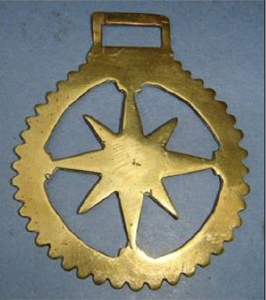 jbcherry - Friday 5 February 2016 16:23
jbcherry - Friday 5 February 2016 16:23 -
 jbcherry - Friday 5 February 2016 16:16
jbcherry - Friday 5 February 2016 16:16 -
 jbcherry - Friday 5 February 2016 16:13
jbcherry - Friday 5 February 2016 16:13 -
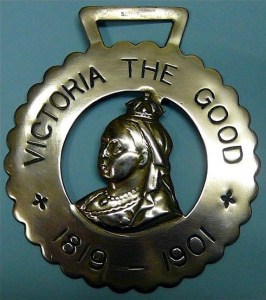 Jamesblair - Friday 22 January 2016 02:01
Jamesblair - Friday 22 January 2016 02:01 -
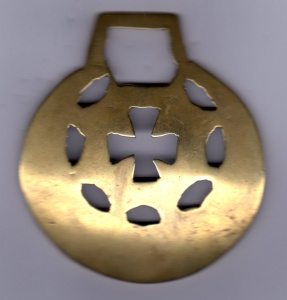 jbcherry - Thursday 21 January 2016 09:48
jbcherry - Thursday 21 January 2016 09:48 -
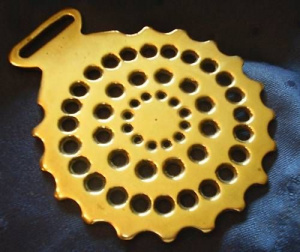 jbcherry - Monday 18 January 2016 20:32
jbcherry - Monday 18 January 2016 20:32 -
 Jamesblair - Monday 18 January 2016 01:12
Jamesblair - Monday 18 January 2016 01:12 -
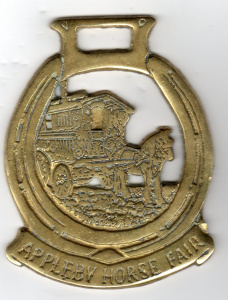 Jamesblair - Monday 18 January 2016 00:34
Jamesblair - Monday 18 January 2016 00:34 -
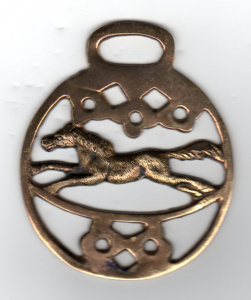 Jamesblair - Monday 18 January 2016 00:31
Jamesblair - Monday 18 January 2016 00:31 -
 Jamesblair - Monday 18 January 2016 00:21
Jamesblair - Monday 18 January 2016 00:21

